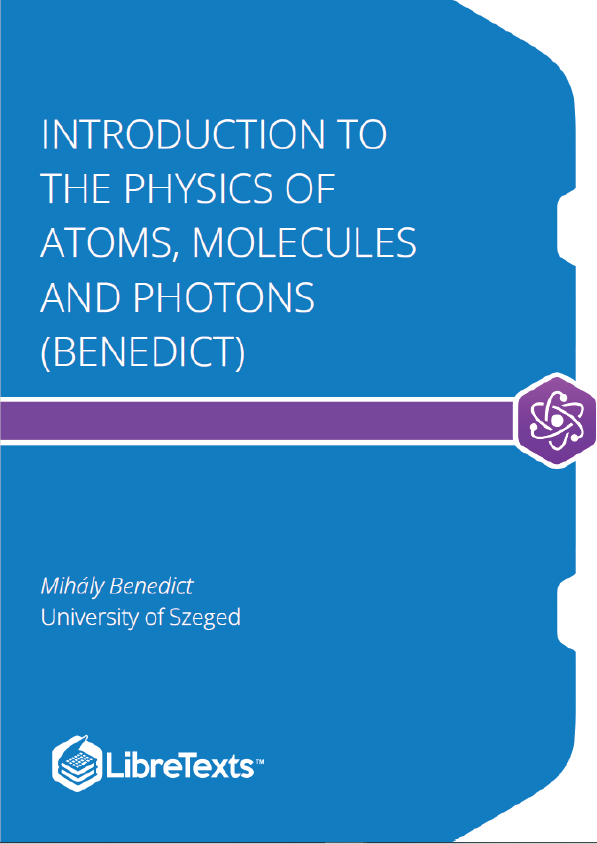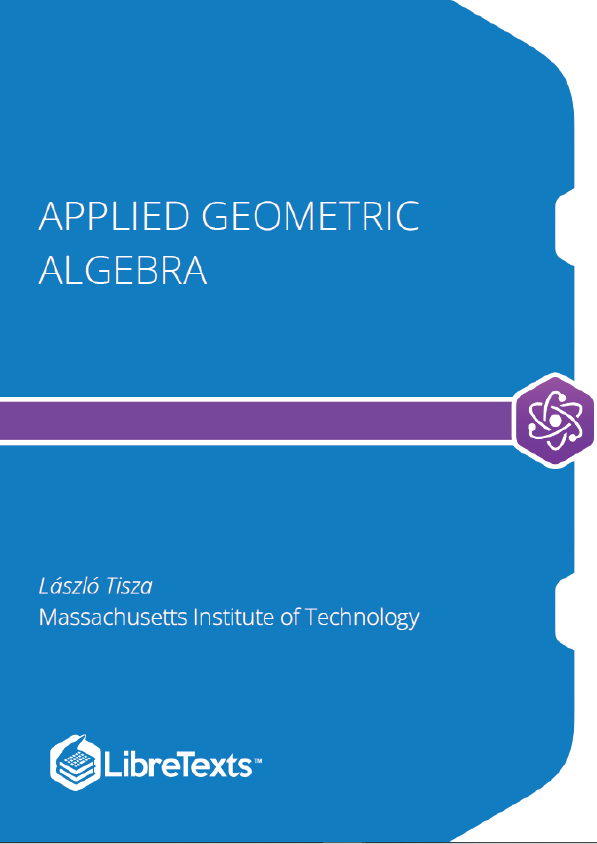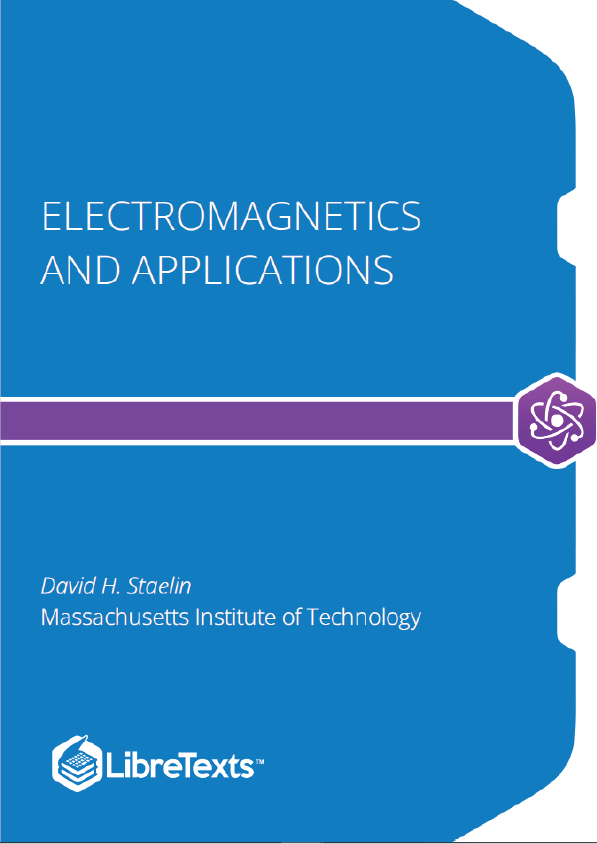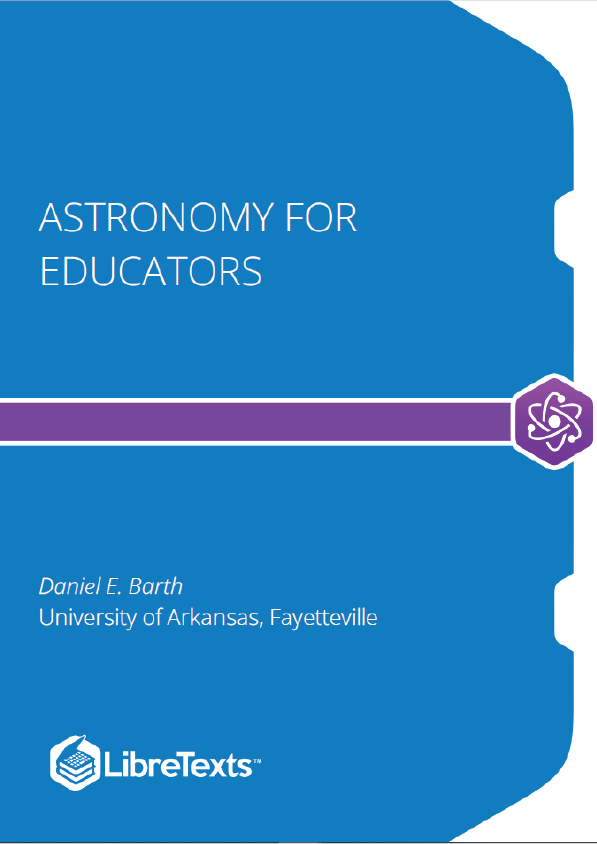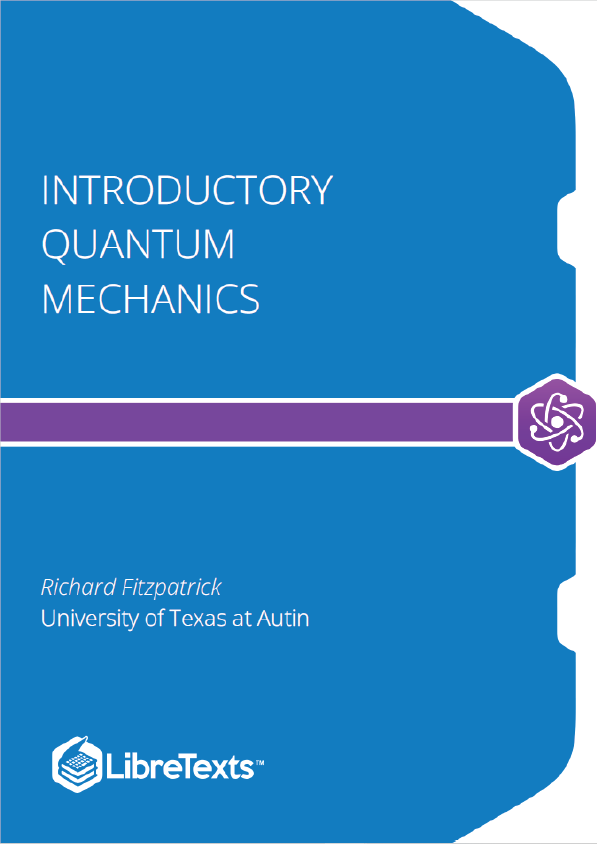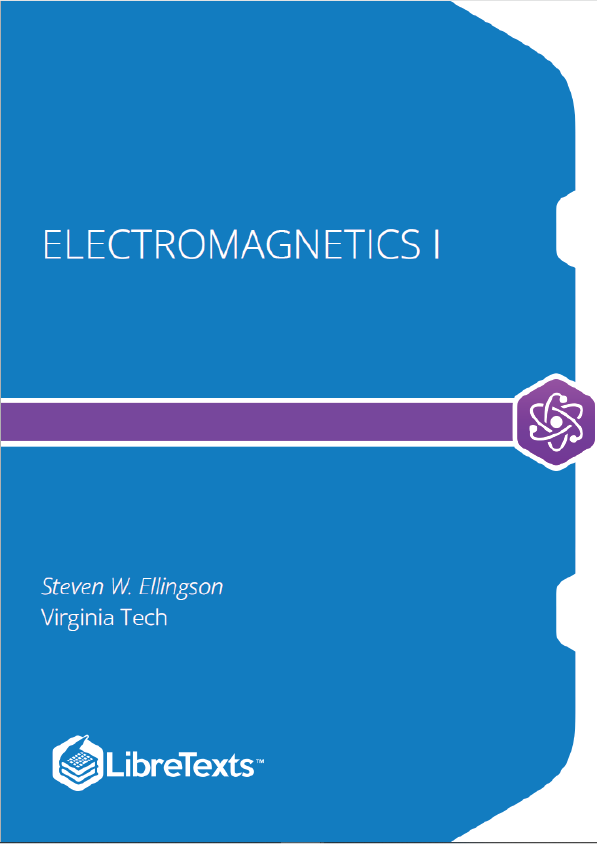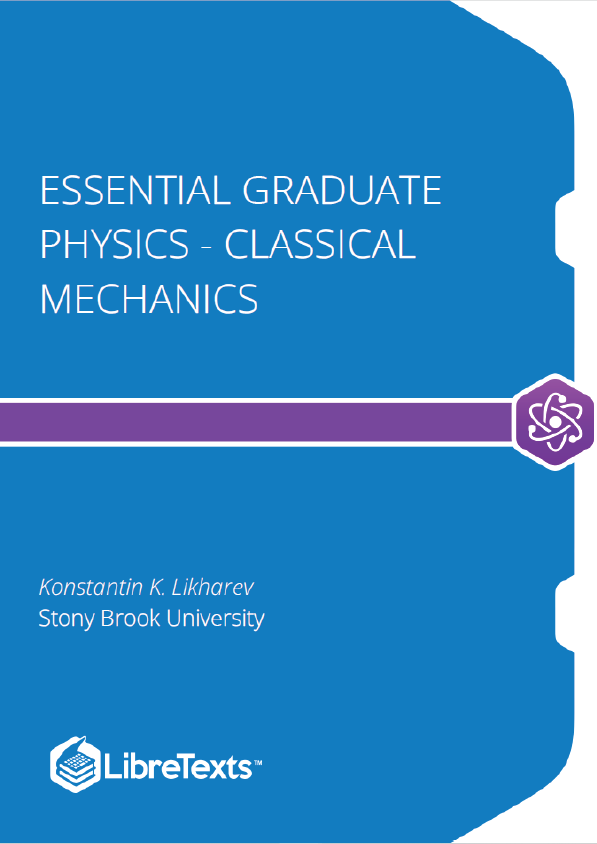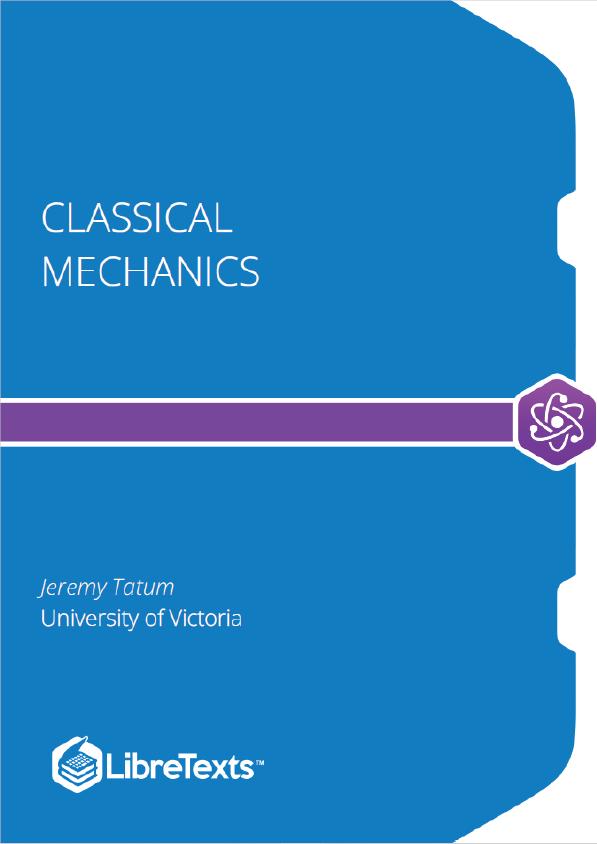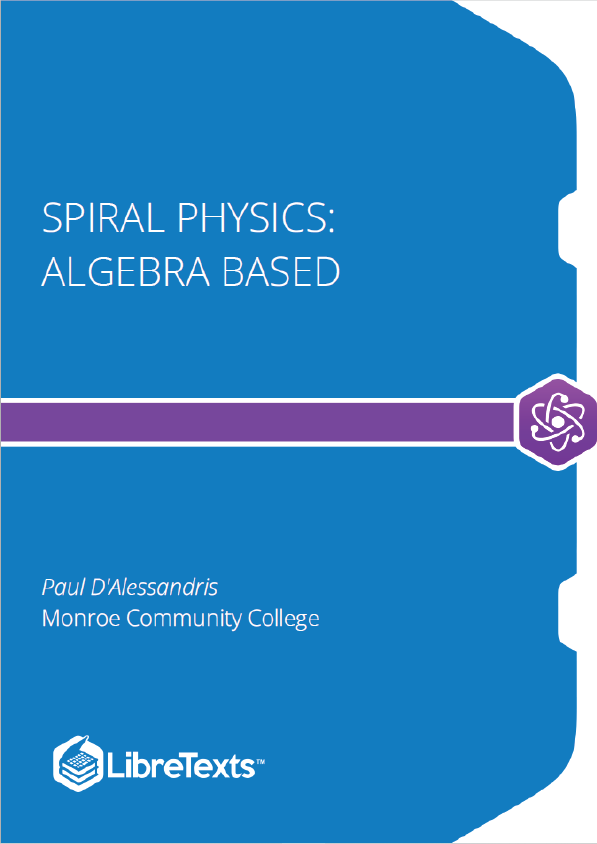These lecture notes have been prepared to give an introduction into the foundations of atomic and molecular physics with an emphasis on the interaction of these atomic systems with light, and in more general, with electromagnetic fields. Modern technology is based more and more on the laws and properties of micro-world, so it seems necessary to understand the most important rules and methods of this field of a physics student.
Introduction
These lecture notes have been prepared to give an introduction into the foundations of atomic and molecular physics with an emphasis on the interaction of these atomic systems with light, and in more general, with electromagnetic fields. The character of the material is theoretical, and wishes to rely on theoretical mechanical and electrodynamical studies of the students, which is a prerequisite of being able to follow the material presented here. This is an advanced course for BSc students. In spite of the theoretical approach based on mathematical argumentations, we tried to connect the material with experimental observations. These short notes, however cannot be considered as a replacement of courses where deeper experimental insight should be gathered.
There are several problems ( ~50) embedded in the text, and their solution is strongly recommended for the students. In view of the author this is a necessary condition for getting a reliable knowledge of the subject, as is the case with any other physics subject. The electronic form made it possible to include animations which may significantly improve the level of understanding, as it enabled us to couple demonstrations and interactive animations to the material which should make more easy the understanding of the rather abstract notions and laws of atomic physics. These are – as it is usual in physics – quantitative relations, the true depth and content of which can only be understood in the language of mathematics. This difficult task is intended to be promoted by the included multimedia materials. The animations can be started by clicking on the links in the tables, which visualize the problems in question.
The theory of atomic and molecular physics is not an easy subject, but modern technology is based more and more on the laws and properties of micro-world, so it seems necessary to understand the most important rules and methods of this field of a physics student.
The double slit experiment with light
The nature of light, whether it consists of corpuscles or is it a wave of an unidentified medium, called ether, intrigued scientists for a long time before the beginning of the 20th century, and there was a long standing dispute between the two views. A seemingly final solution came along with the numerous interference experiments in the beginning of the 19th century performed by Thomas Young, Augustine Fresnel and others, which had shown the wave nature of light. Here we present the double slit experiment of Young. It is interesting that about a 100 years later in 1909 Geoffrey Taylor repeated the experiment with a very weak beam that resulted in the same fringes after a sufficiently long time.
